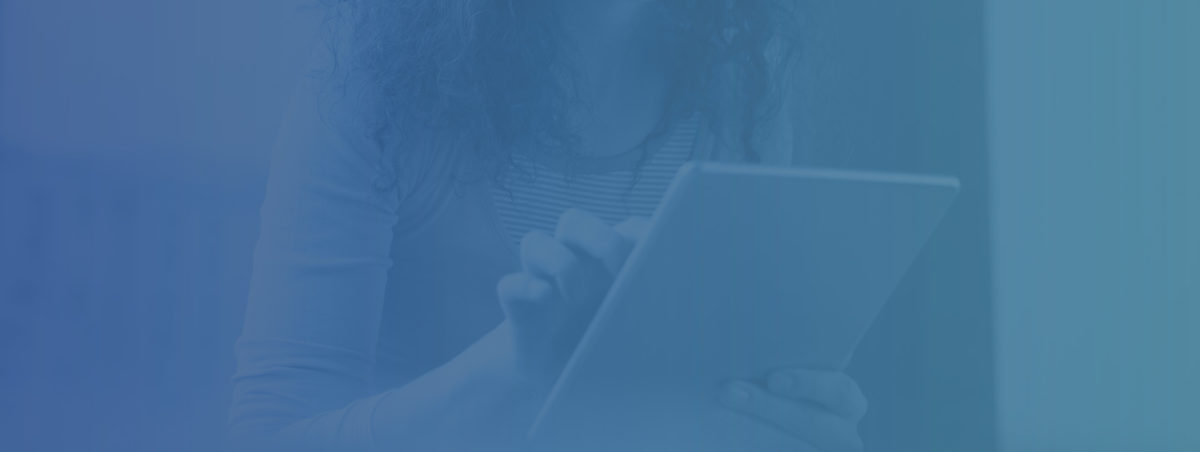Digital accessibility aims that everyone can access websites and use online technologies, making the internet an inclusive place for people with visual, hearing, motor, cognitive impairments or any other difficulty related to its use. But do you know what resources are available for your company's website? Solutions include auxiliary tools so that websites are compatible with assistive devices.
Read too: Mobile marketing: what is it and why is it important?


- Safe mode for epilepsy: dampens the color and removes blinking, allowing people with epilepsy to use the site safely and eliminates the risk of seizures resulting from flashing lights and flickering screens.
- Visually impaired mode: improves the look of the site for components that encompass people with visual impairment, degradation, tunnel vision, cataracts and glaucoma.
- Cognitive impairment mode: helps to focus on specific content by dividing the content into essential elements, for easier understanding of the site.
- ADHD compatible mode: reduces distraction levels and improves focus. To do so, it creates a visual stimulus similar to a spotlight on the content.
- blind mode: Lets you use the site with your screen reader.
All these resources are available on our website and, like us, other companies can also use them on their websites and/or applications, promoting, in fact, an inclusion that brings autonomy to people. But the tools do not stop there, there is a wide range of options for computers, hardware and software, of possible adaptations to be made by those who aim to serve everyone. Among these possibilities are screen magnification and high contrast for people with low vision, mice and keyboards adapted for people with physical disabilities, translators from Portuguese to Libras for deaf people.
Read too: What can companies learn from the new Artificial Intelligence (AI): ChatGPT and Bard?
Being aware of digital accessibility is also ensuring that your site reaches the maximum potential of users, without distinctions or obstacles. It is worth noting that people with disabilities are the most affected by difficulties in navigating the web, which can sometimes restrict their possibilities. According to the IBGE Demographic Census (2010), more than 23% of the Brazilian population have some type of disability. That is, promoting inclusion is also about fulfilling a social function and putting into practice the values of a company concerned with the democratization of its products or services.













